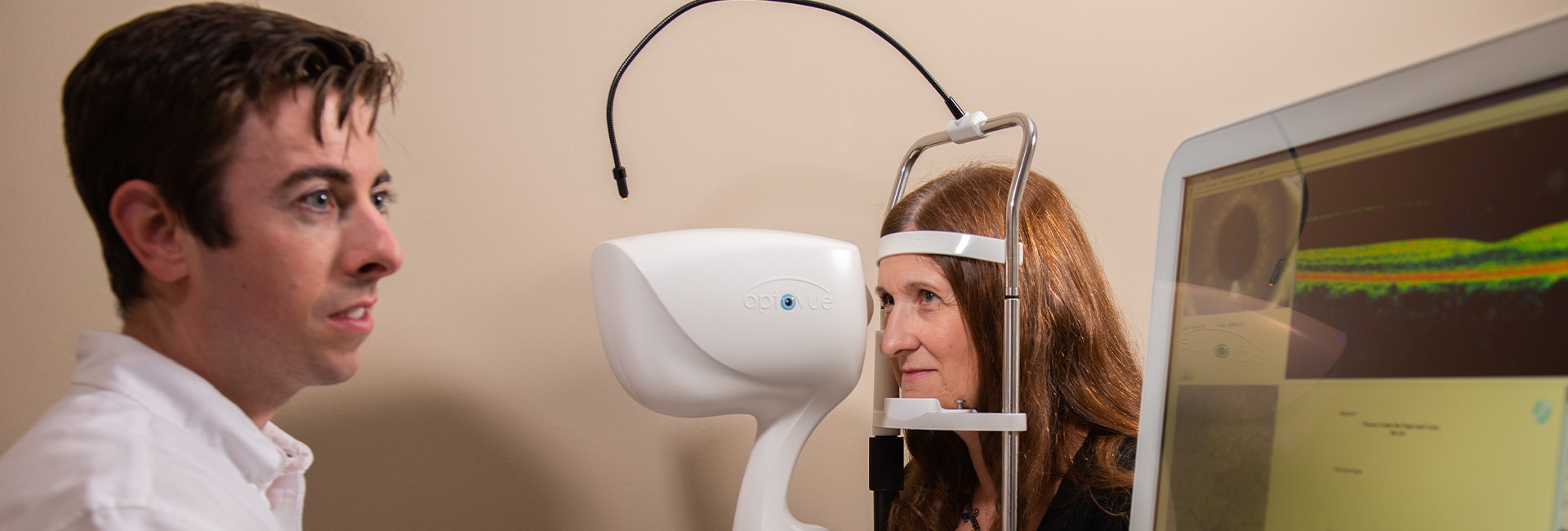Protecting Your Eyes When They’re Most Vulnerable
Diabetes is a chronic condition that affects how your body produces and regulates insulin, a hormone that moves sugar from your blood into your cells to be stored or used for energy. Diabetes has 2 distinct types, type 1 and type 2. With type 1 diabetes, the body does not produce insulin at all. With type 2, the body doesn’t produce insulin properly.
A good diet, exercise, insulin therapy, and other medications can help manage the symptoms of both types of diabetes. However, if diabetes is unmanaged and blood sugar levels are left unregulated, it can lead to other health problems that can affect your overall health and vision.




